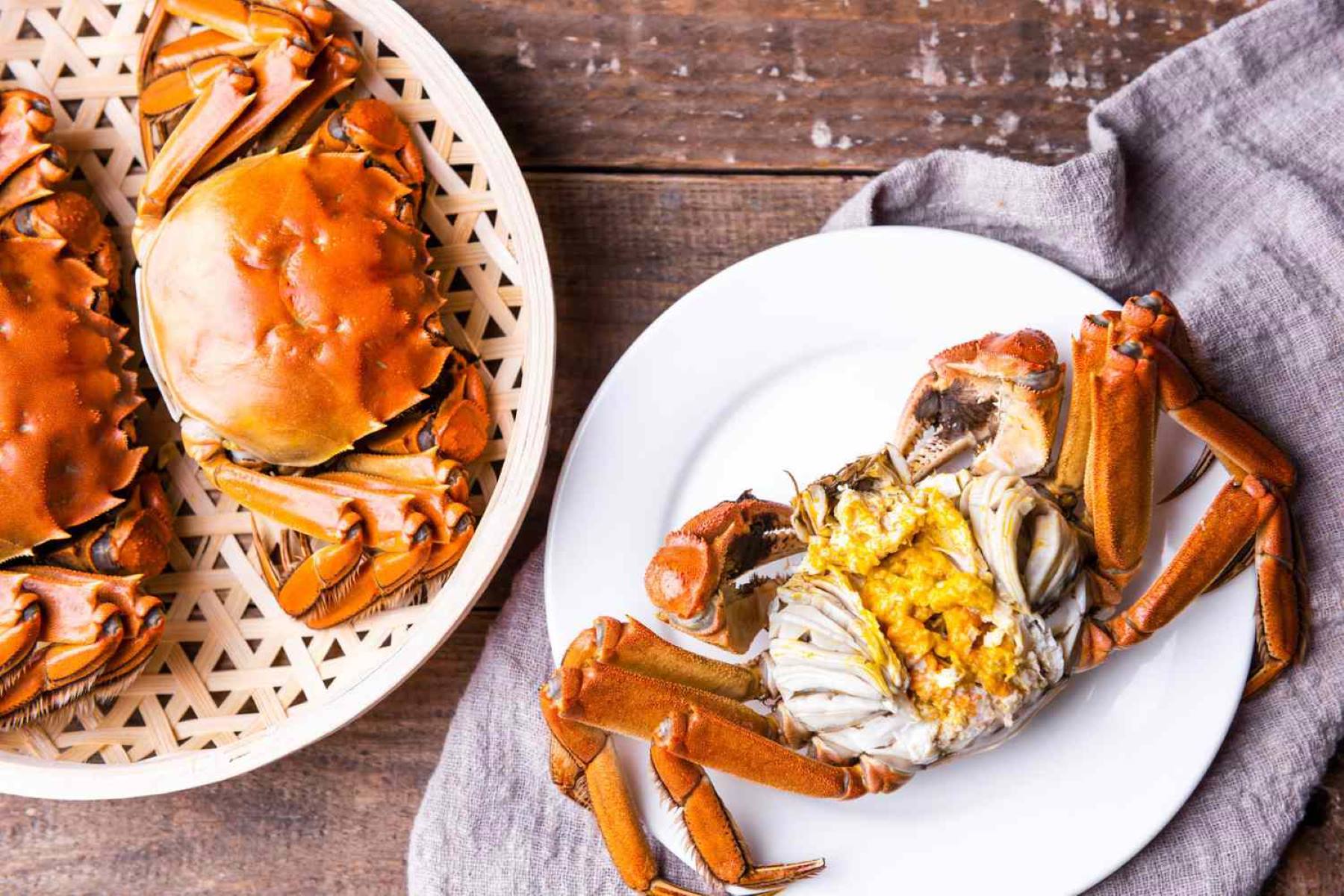

Articles
How To Store Crab After Cooking
Modified: August 16, 2024
Learn the best methods for storing crab after cooking in this informative article. Keep your crab fresh and delicious for future meals.
(Many of the links in this article redirect to a specific reviewed product. Your purchase of these products through affiliate links helps to generate commission for Storables.com, at no extra cost. Learn more)
Introduction
Crab is a delicacy enjoyed by many seafood lovers around the world, and cooking it to perfection can be a true culinary delight. However, what happens when you find yourself with leftover crab that you can’t finish in one sitting? Properly storing crab after cooking is crucial to maintain its flavor, freshness, and safety. In this article, we will explore the importance of proper storage and provide you with the step-by-step guide on how to store crab after cooking.
Crab meat is highly perishable and can spoil quickly if not stored correctly. Improper storage can lead to the growth of harmful bacteria, resulting in foodborne illnesses. Therefore, it is essential to handle and store crab with care to ensure its quality and preserve its taste.
By following the right steps for storing crab after cooking, you can enjoy the leftover crab later without compromising on its taste or safety. Whether you plan to use it in crab cakes, salads, or other delicious seafood dishes, proper storage is the key to maintaining the crab’s freshness and texture.
Next, we will discuss why proper storage is important when it comes to crab and how it can affect the overall quality and safety of the meat.
Key Takeaways:
- Properly storing crab after cooking is crucial for maintaining its flavor, freshness, and safety. Follow the step-by-step guide to ensure your leftover crab remains delicious and enjoyable to eat later on.
- From cooling the crab to removing the meat from the shell, each step plays a crucial role in preserving the quality of the crab. Use quality storage containers, keep the crab away from strong-smelling foods, and regularly check for signs of spoilage to ensure optimal taste and safety.
Read more: How To Store Crawfish After Cooking
Why is Proper Storage Important?
Proper storage of crab after cooking is crucial for several reasons. Here are a few key reasons why you should pay attention to how you store your leftover crab:
- Maintaining Freshness: Proper storage helps to maintain the freshness of the crab meat. Time and exposure to air can cause the meat to dry out and lose its flavor. By storing it correctly, you can preserve the taste and texture for later use.
- Preventing Spoilage: Crab is highly perishable, and improper storage can lead to spoilage. Bacteria can grow rapidly on crab meat and cause foodborne illnesses if consumed. By storing it at the right temperatures, you can slow down the growth of bacteria and extend its shelf life.
- Reducing Waste: Leftover crab can be expensive, and properly storing it allows you to make the most out of your purchase. Instead of throwing away unused crab, you can store it properly and enjoy it in future meals.
- Safety: Food safety should always be a priority when handling and storing seafood. By following proper storage practices, you can minimize the risk of bacterial contamination and ensure that the crab meat remains safe to eat.
Now that you understand the importance of proper storage, let’s move on to the step-by-step guide on how to store crab after cooking.
Steps for Storing Crab After Cooking
1. Cooling the Crab: After cooking the crab, allow it to cool down to room temperature. This can be done by placing it on a baking sheet or tray and leaving it uncovered. Cooling the crab prevents condensation from forming inside the storage container, which can lead to moisture buildup and spoilage.
2. Removing the Meat from the Shell: To maximize storage space and minimize waste, consider removing the crab meat from the shell. Carefully crack open the crab legs and claws using a crab cracker or a mallet. Gently extract the meat, ensuring no shell fragments remain. Set aside the meat in a separate bowl for storing.
3. Storing the Crab Legs: If you have whole crab legs, wrap each leg tightly in plastic wrap or place them in an airtight container. This helps to prevent freezer burn and maintain the quality of the meat. Label the container with the date of storage and place it in the freezer for longer-term storage, lasting up to 3 months.
4. Storing the Crab Meat: For crab meat, transfer it to an airtight container or place it in a resealable plastic bag. Press out as much air as possible before sealing. This helps to prevent oxidation and freezer burn. Label the container with the date and store it in the refrigerator for short-term storage, lasting up to 2 days.
Remember to keep the storage containers separate from other foods to prevent cross-contamination. If you’re storing a large amount of crab meat, consider dividing it into smaller portions for easier usage in future meals.
Now that you know the basic steps for storing crab, let’s explore some additional tips for long-term storage.
Cooling the Crab
After cooking crab, it’s crucial to cool it down properly to maintain its freshness and prevent bacterial growth. Here’s how to effectively cool your crab:
- Place the cooked crab on a baking sheet or tray. It’s essential to use one with raised edges to contain any liquids that may come out of the crab.
- Make sure the crab is spread out and not crowded on the sheet. This allows air to circulate around each piece, aiding in the cooling process.
- Leave the crab uncovered as it cools down. Covering it can trap heat and moisture, creating an environment that fosters bacterial growth.
- Allow the crab to cool to room temperature. This typically takes around 30 minutes to an hour, depending on the size of the crab and the ambient temperature of the room.
By properly cooling the crab, you prevent condensation from forming inside the storage container. Excess moisture can lead to spoilage and make the crab meat mushy or inedible.
Once the crab has cooled down, you can proceed to the next step of removing the meat from the shell.
Removing the Meat from the Shell
To make the most of your crab and maximize storage space, it’s recommended to remove the meat from the shell before storing it. Here’s a step-by-step guide on how to do it:
- Start by carefully cracking open the crab legs and claws. You can use a crab cracker, a mallet, or the back of a knife to crack the shells.
- Once the shells are cracked, gently extract the meat from each leg and claw. Be thorough and take your time to remove any remaining shell fragments to ensure a smooth and enjoyable eating experience later on.
- As you remove the meat, place it in a separate bowl. This will make it easier to portion and store later.
It’s important to handle the crab meat with care and avoid excessive squeezing or smashing, as this can affect the texture and quality of the meat. Gentle extraction ensures the meat retains its natural juices and tenderness.
By removing the crab meat from the shell, you also free up space in the storage container, making it easier for the meat to stay intact and maintain its shape. Plus, it allows for more efficient and organized storing, especially if you have limited storage space.
Now that you’ve successfully removed the crab meat, it’s time to move on to the next step of storing the crab legs.
After cooking, store crab in the refrigerator in an airtight container or resealable bag. It should be consumed within 2-3 days to ensure freshness and safety.
Read more: How To Store Crab After Catching
Storing the Crab Legs
Properly storing crab legs is essential for preserving their flavor and quality for later use. Here’s how you can store crab legs to ensure their longevity:
- If you have whole crab legs, wrap each leg tightly in plastic wrap or place them in an airtight container. This step helps prevent freezer burn and protects the legs from absorbing unwanted odors from other foods in the freezer.
- Label the container with the date of storage. This way, you can keep track of how long the crab legs have been stored.
- Place the wrapped crab legs in the freezer. Make sure they are placed in a flat position to prevent them from getting tangled or bent.
- For long-term storage, store the crab legs in the freezer for up to 3 months. Beyond that, the quality may start to deteriorate.
When you’re ready to use the stored crab legs, simply remove them from the freezer and allow them to thaw in the refrigerator overnight. Thawing them slowly in the refrigerator helps maintain the texture and flavor of the meat.
By following these steps, you can ensure that your crab legs remain in optimal condition until you’re ready to enjoy them in your favorite crab-based recipes.
Now that you have stored your crab legs, let’s move on to storing the crab meat.
Storing the Crab Meat
Properly storing the crab meat is essential to maintain its freshness and flavor. Here’s how you can store crab meat:
- Transfer the crab meat to an airtight container or place it in a resealable plastic bag.
- Press out as much air as possible before sealing the container or bag. Excess air can cause the meat to oxidize and deteriorate more quickly.
- Label the container or bag with the date of storage. This helps keep track of how long the crab meat has been stored.
- Store the crab meat in the refrigerator for short-term storage, lasting up to 2 days.
It’s important to note that crab meat is delicate and can spoil quickly. Therefore, it’s best to consume it within a couple of days to ensure optimal taste and quality.
When using the stored crab meat, always inspect it to ensure it smells fresh and appears to be in good condition. If you notice any unusual odors, discoloration, or signs of spoilage, discard it immediately.
Additionally, avoid storing crab meat alongside strong-smelling foods, as it can absorb odors easily. Keep the container or bag separate to maintain the integrity of the crab meat’s flavor.
By following these guidelines, you can enjoy the crab meat in a variety of dishes, such as crab cakes, salads, or pasta, while ensuring its freshness and safety.
Now that you know how to store the crab meat, it’s time to learn some additional tips for long-term storage.
Tips for Long-Term Storage
While crab is best enjoyed fresh, there are some tips you can follow for long-term storage to extend its shelf life and maintain its quality:
- Freeze for Longer Storage: If you plan to store crab for an extended period, it’s best to freeze it. Freezing helps to preserve the taste, texture, and freshness of the crab. Remember to wrap crab legs tightly in plastic wrap or place them in airtight containers before freezing.
- Label and Date: Properly label all stored crab, whether in the freezer or refrigerator, with the date of storage. This helps you keep track of how long it has been stored and ensure timely consumption to prevent wastage.
- Use Quality Storage Containers: Investing in quality airtight containers or resealable bags is crucial for maintaining the freshness of the crab. Make sure the containers are leakproof and capable of protecting the crab from moisture and odors.
- Separate Storage: Keep crab separate from other foods in the refrigerator or freezer. This prevents cross-contamination and helps preserve the authentic flavor of the crab.
- Minimal Handling: Limit the amount of handling while storing crab, as excessive touching can affect its quality. Use clean utensils when extracting meat from the shell and avoid squeezing or overpacking the container.
- Regularly Check for Freshness: Whether stored in the refrigerator or freezer, regularly check for signs of spoilage, such as an off smell, discoloration, or freezer burn. If any signs are present, discard the crab immediately.
By following these tips, you can enjoy crab that maintains its taste and quality even after long periods of storage.
Before concluding, let’s summarize what we’ve covered in this article about storing crab after cooking.
Conclusion
Properly storing crab after cooking is essential for maintaining its flavor, freshness, and safety. By following the right steps and guidelines, you can ensure that your leftover crab remains delicious and enjoyable to eat later on.
From cooling the crab to removing the meat from the shell, each step plays a crucial role in preserving the quality of the crab. Cooling the crab helps prevent moisture buildup, while removing the meat from the shell allows for more efficient storage and usage.
Storing the crab legs and meat involves using airtight containers or plastic bags and labeling them with the storage date. Freezing the crab legs can extend their shelf life, while refrigerating the crab meat is suitable for short-term storage.
Additional considerations include using quality storage containers, keeping the crab away from strong-smelling foods, minimizing handling, and regularly checking for signs of spoilage.
By adhering to these storage practices and guidelines, you can enjoy the delicious taste of crab in various dishes, while minimizing waste and ensuring food safety.
Remember to always use your senses and common sense when assessing the freshness of stored crab. If in doubt, it’s best to discard it to avoid any potential health risks.
So next time you cook crab and have leftovers, don’t let them go to waste. Follow these steps and guidelines to store your crab properly, and you’ll be able to savor the delectable flavors of crab whenever you desire!
Frequently Asked Questions about How To Store Crab After Cooking
Was this page helpful?
At Storables.com, we guarantee accurate and reliable information. Our content, validated by Expert Board Contributors, is crafted following stringent Editorial Policies. We're committed to providing you with well-researched, expert-backed insights for all your informational needs.
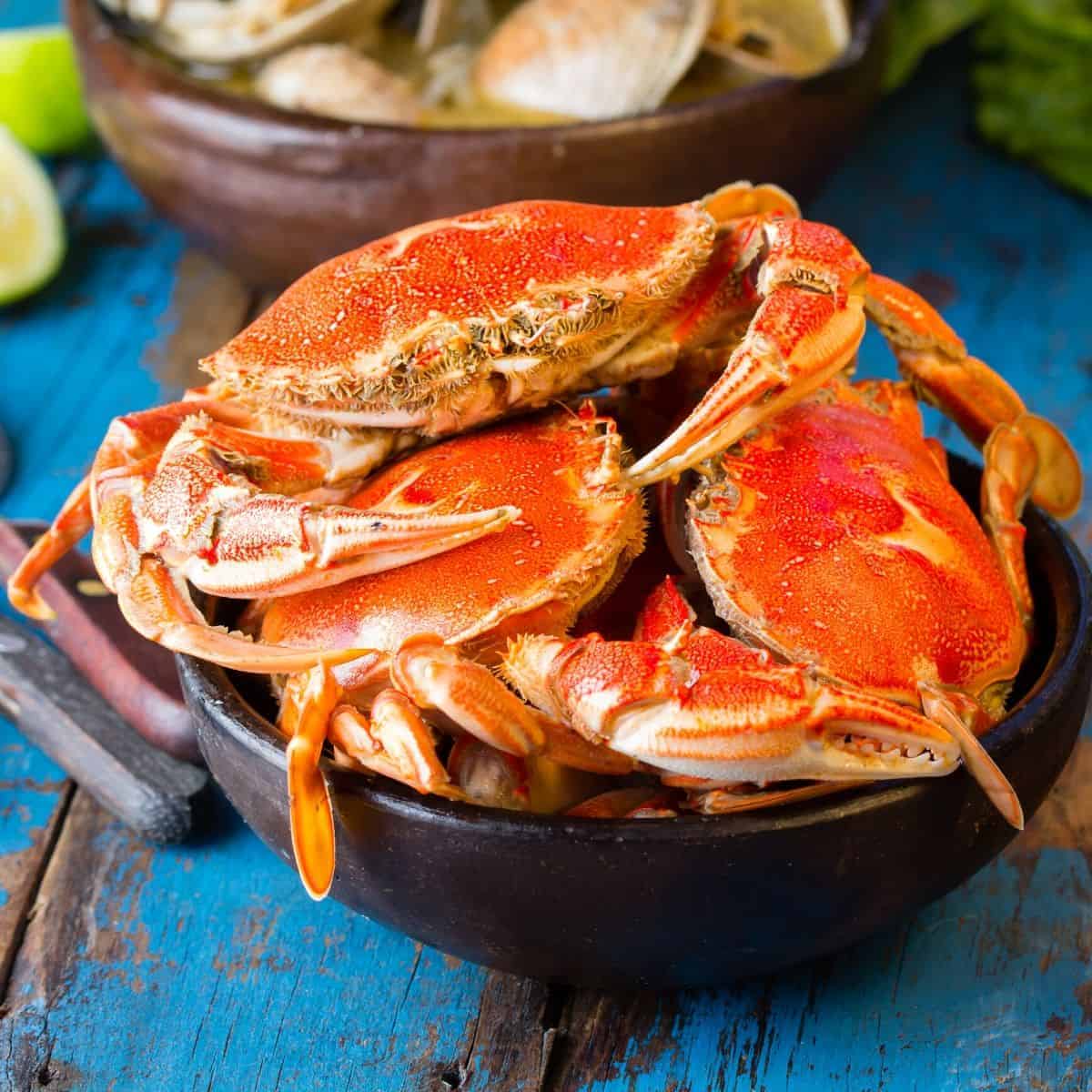
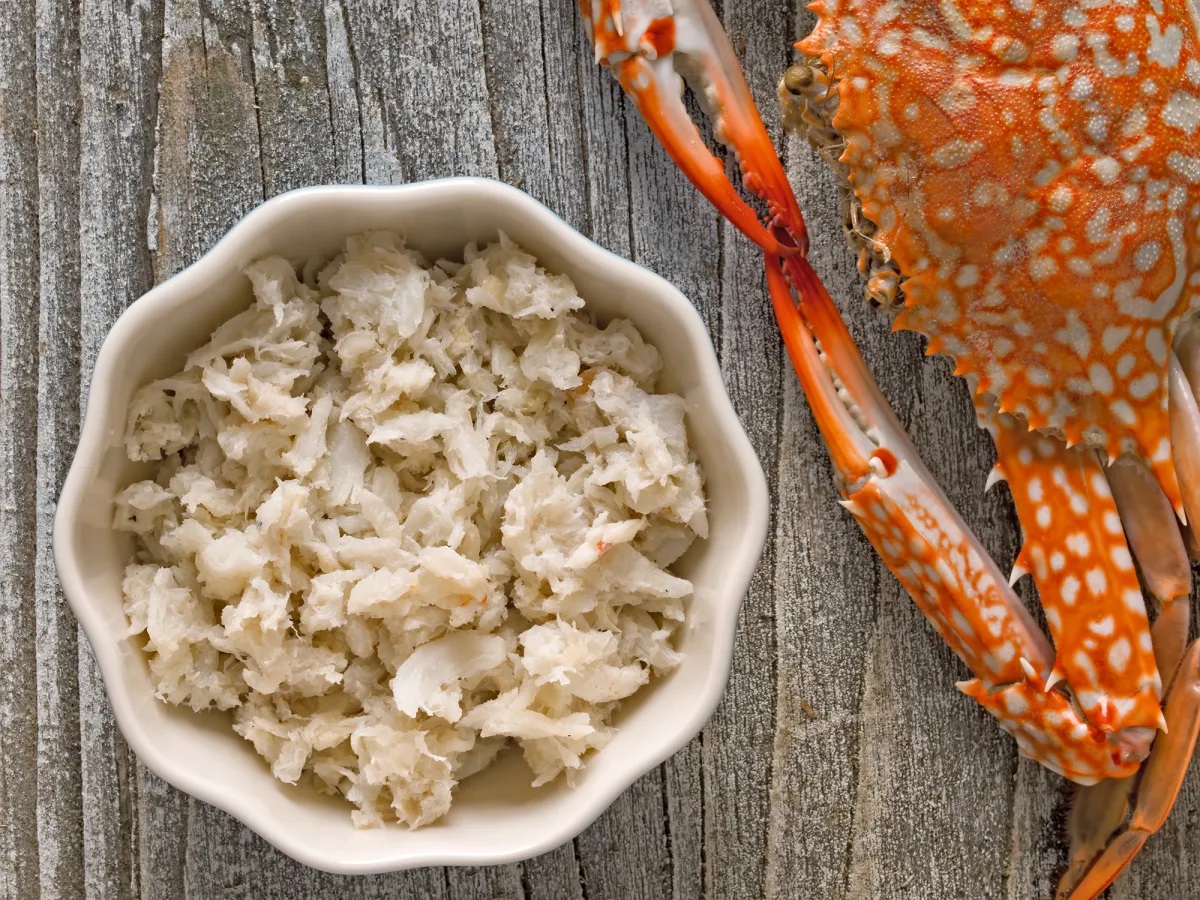

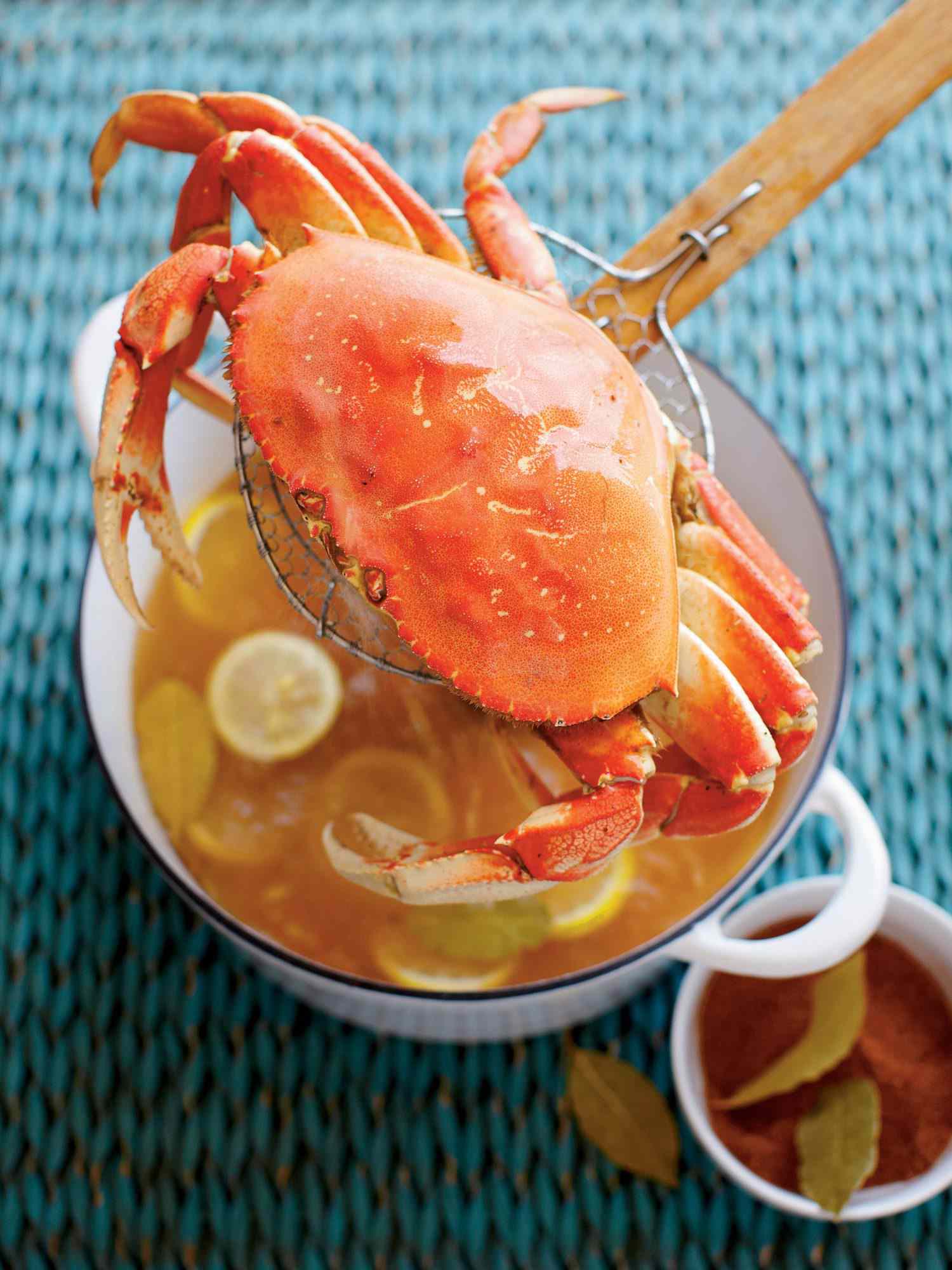
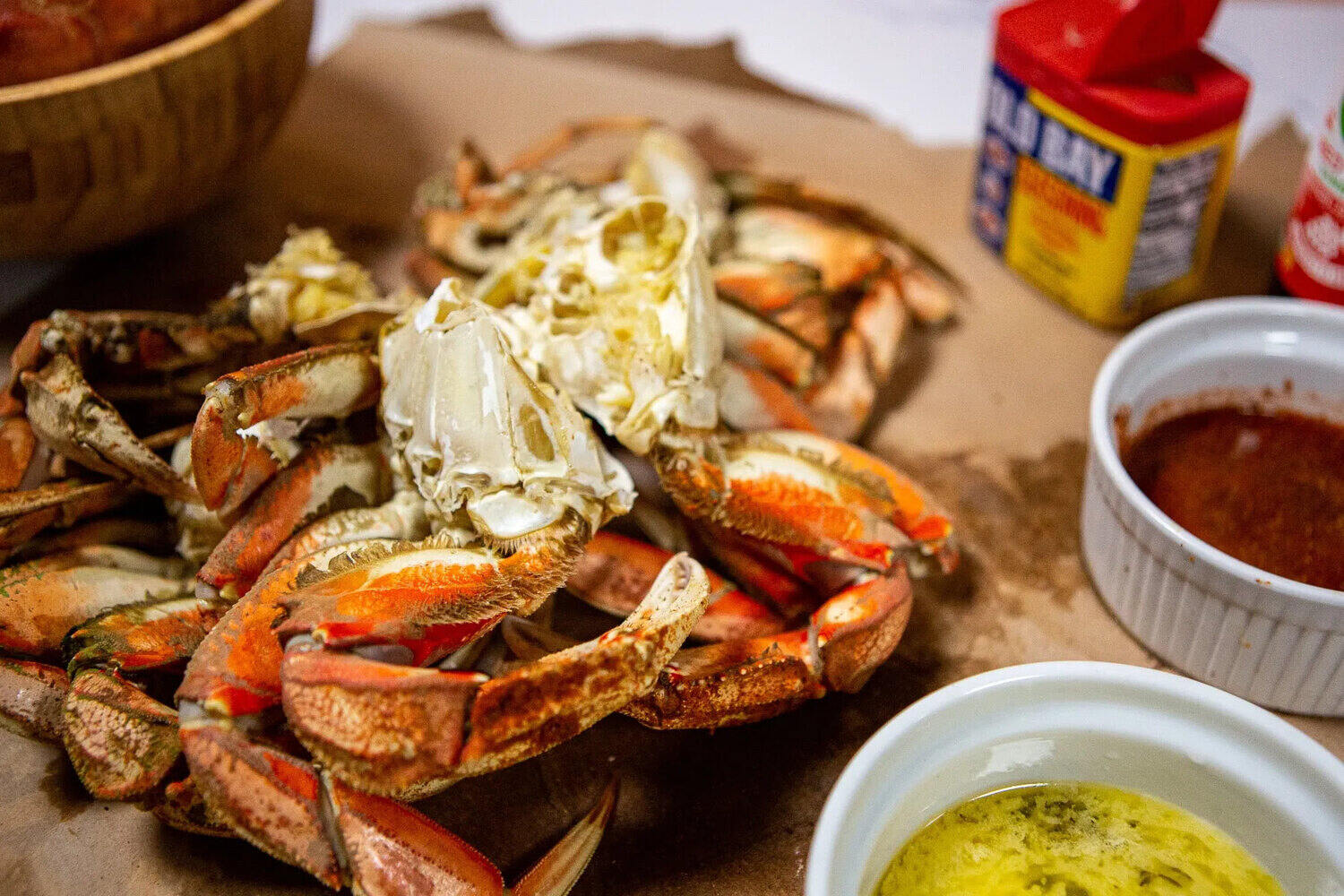
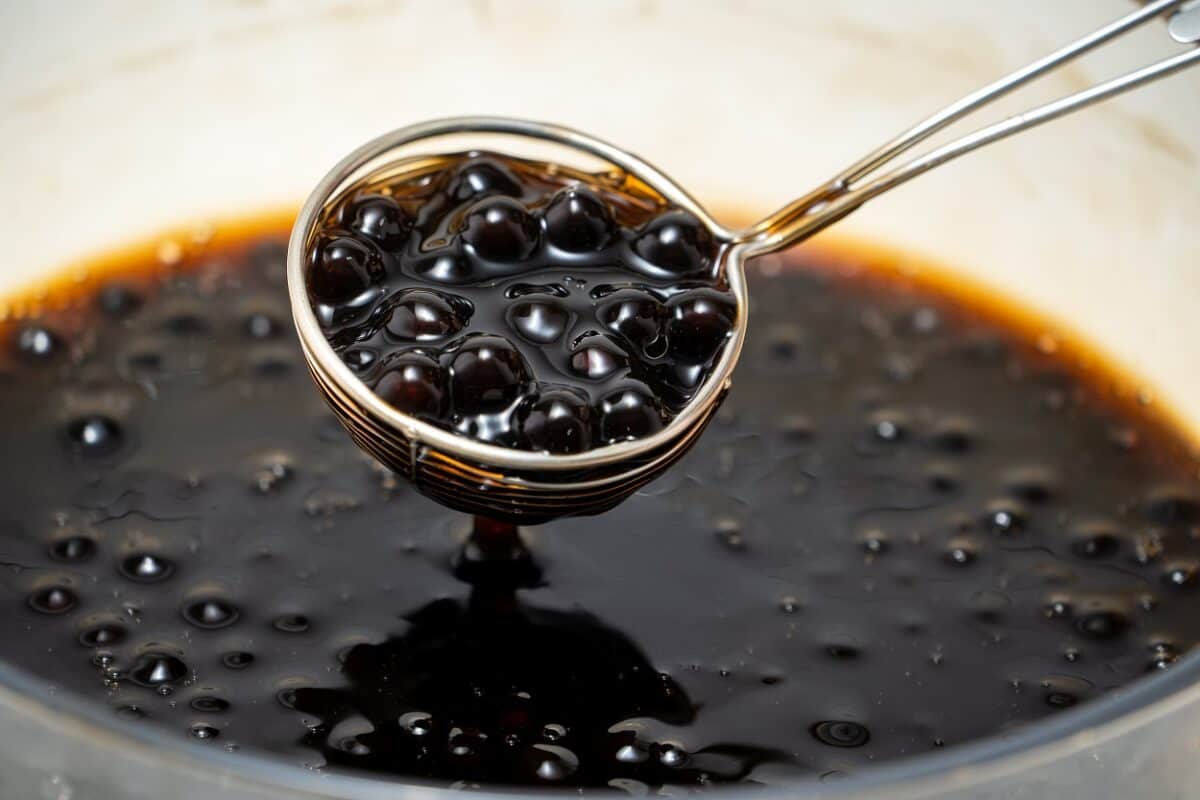
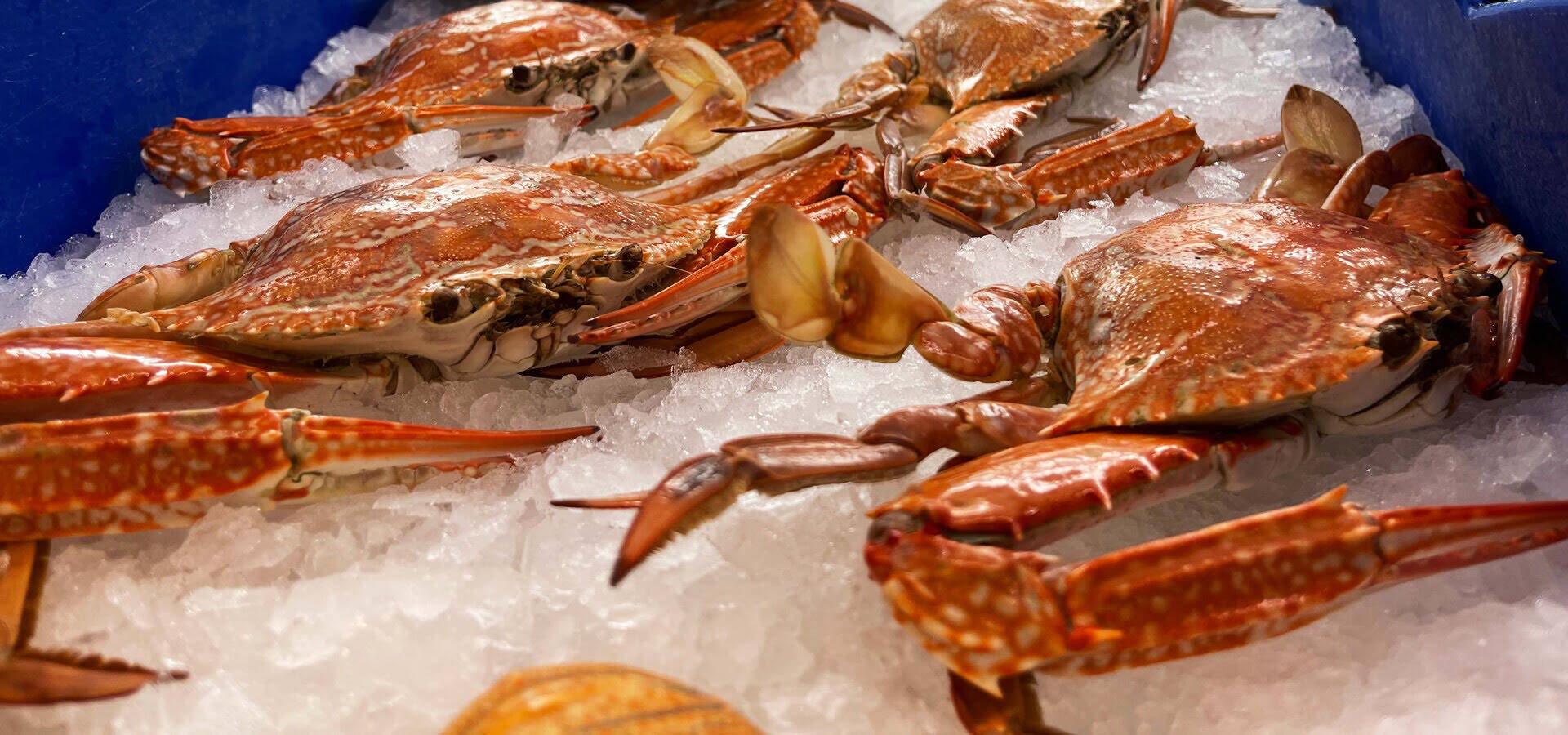
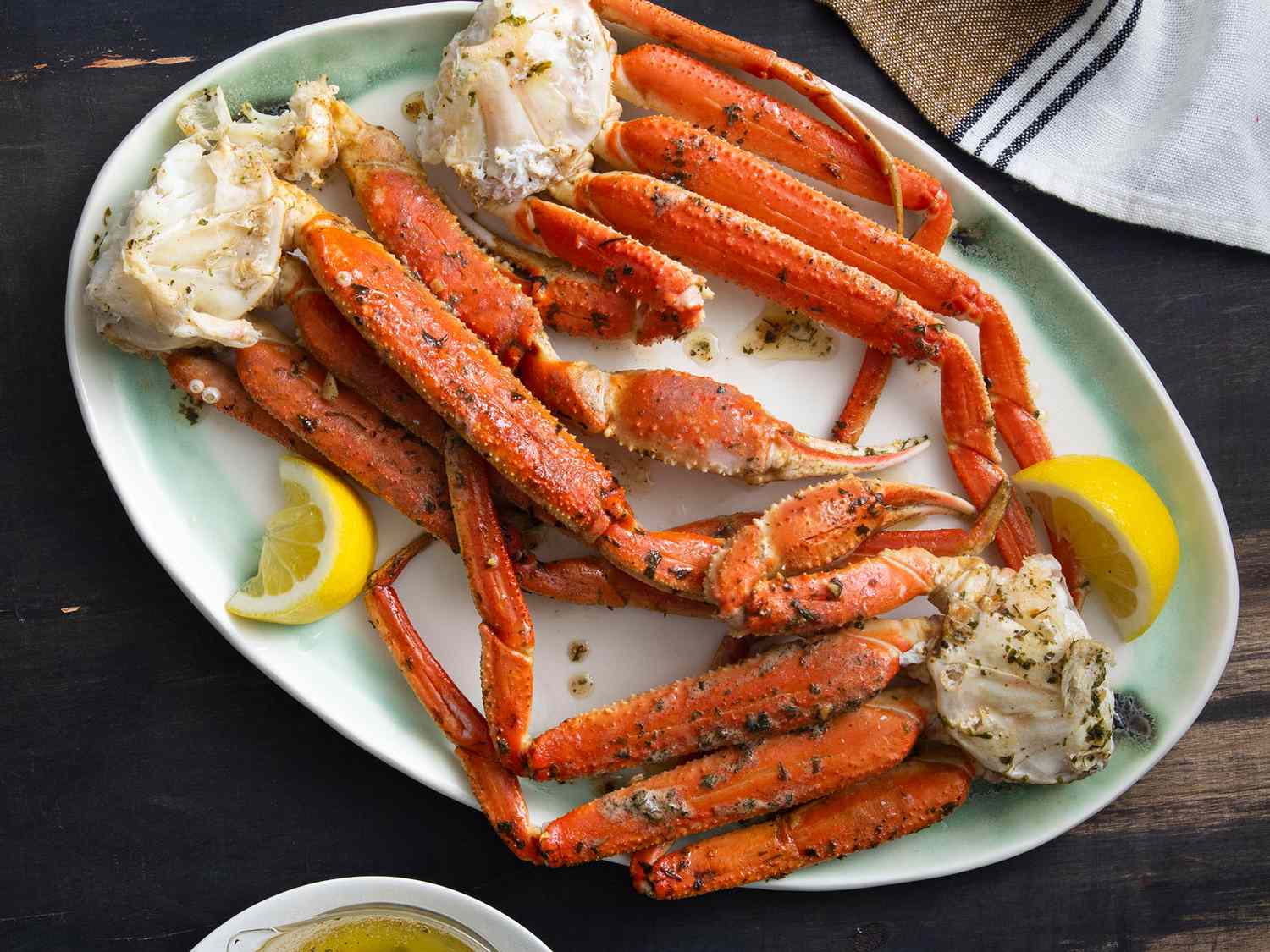
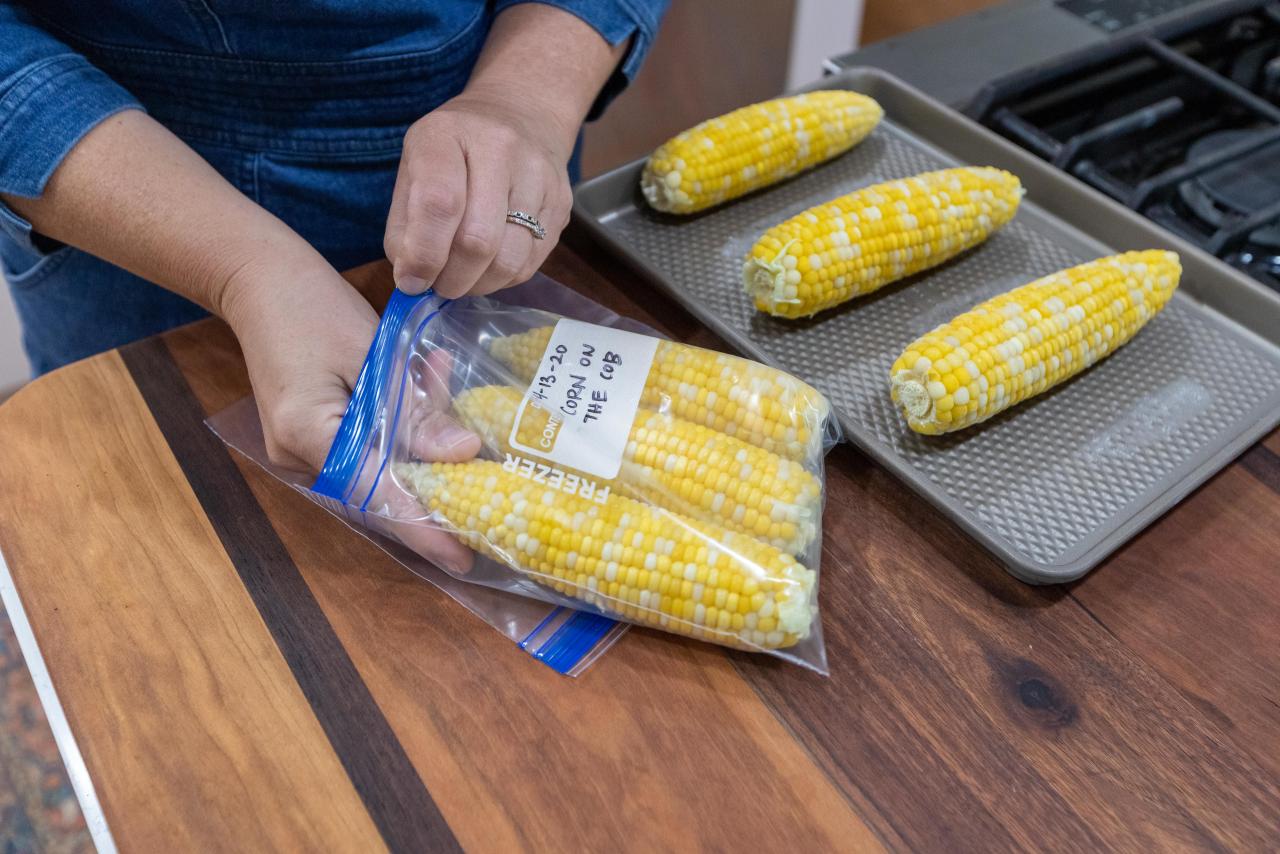
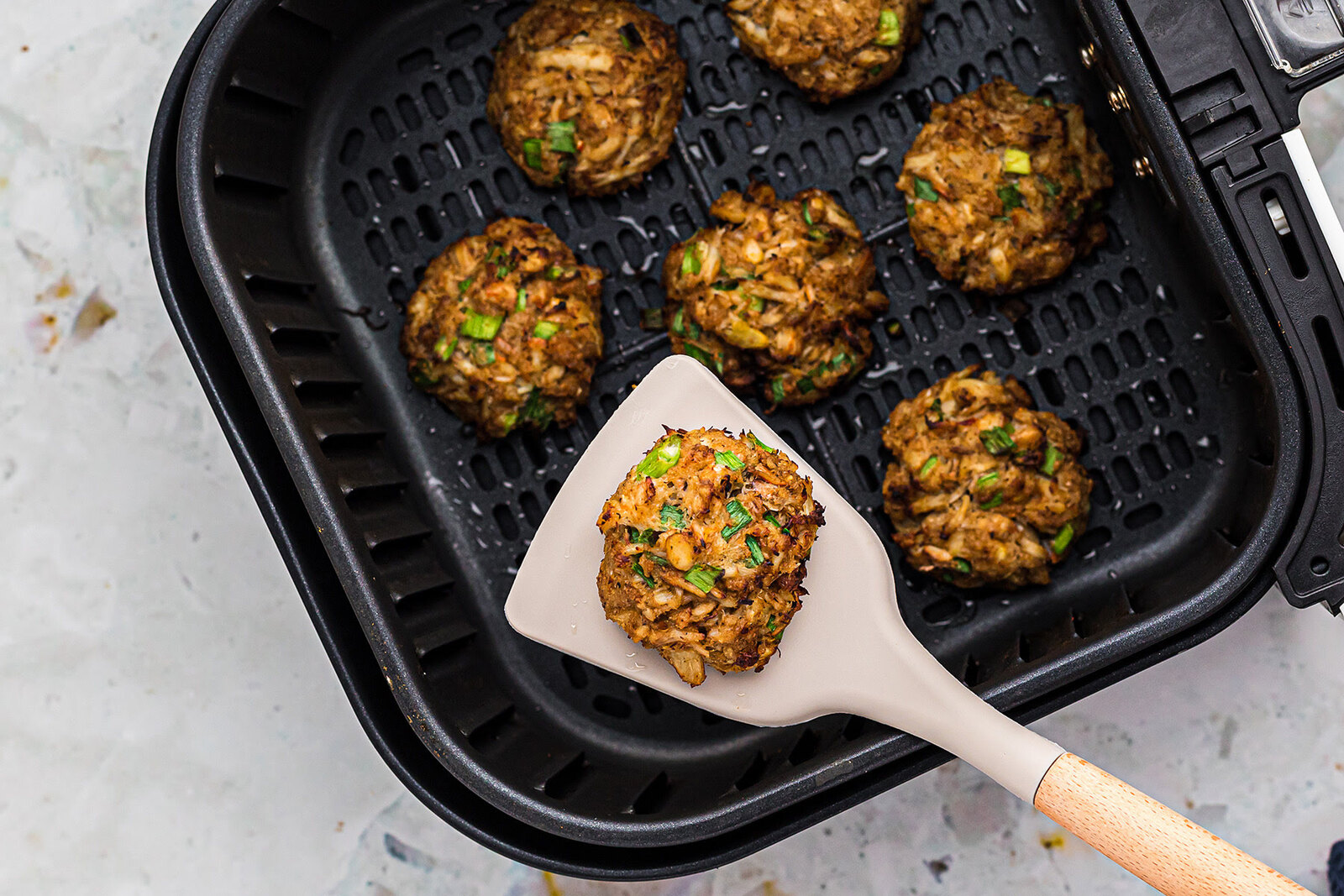
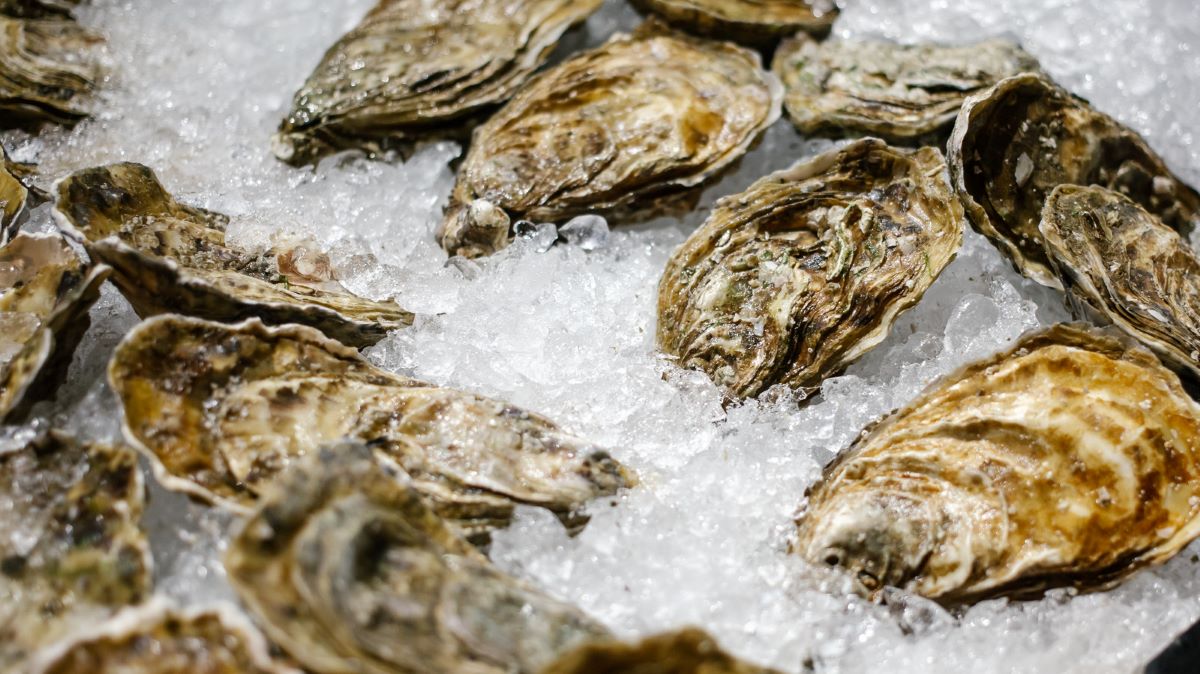
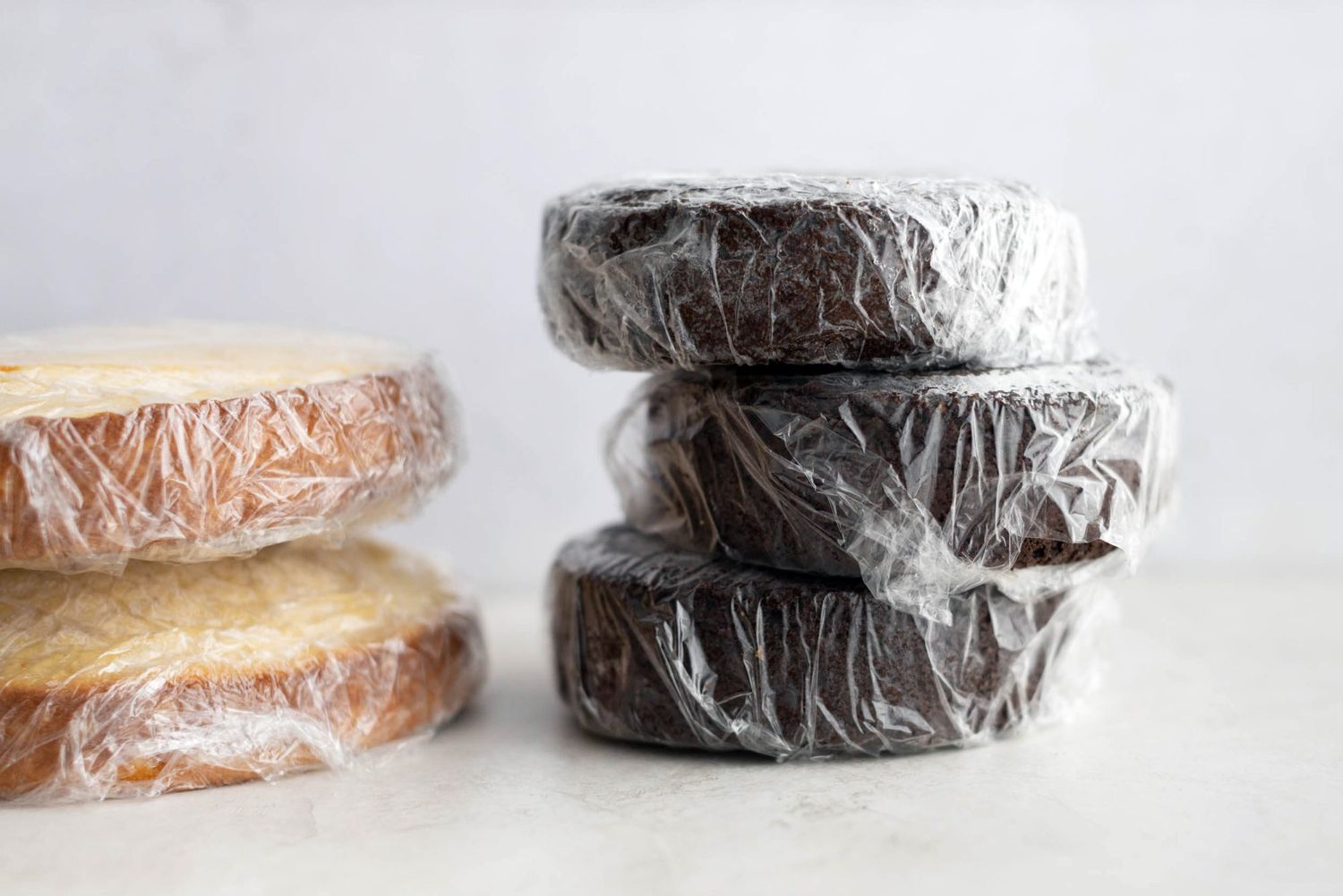
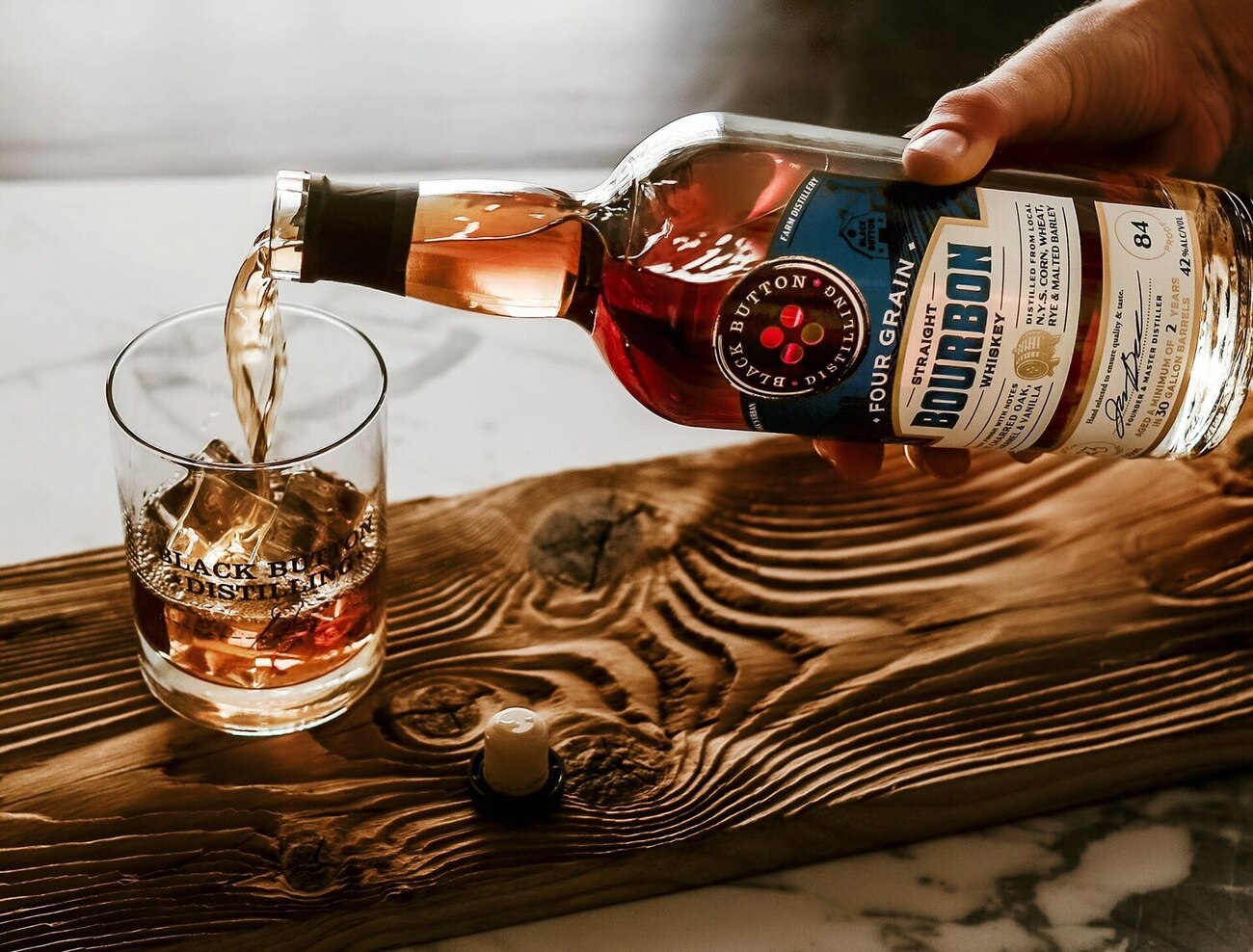


0 thoughts on “How To Store Crab After Cooking”